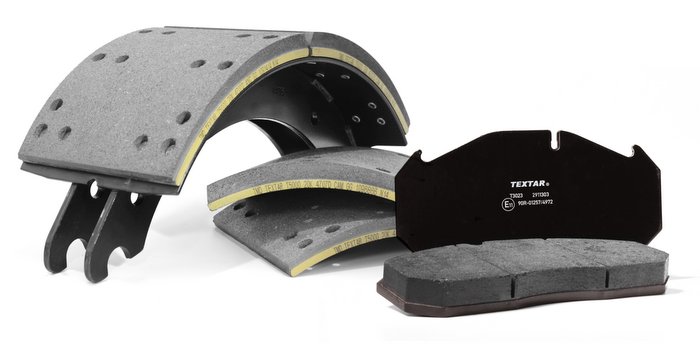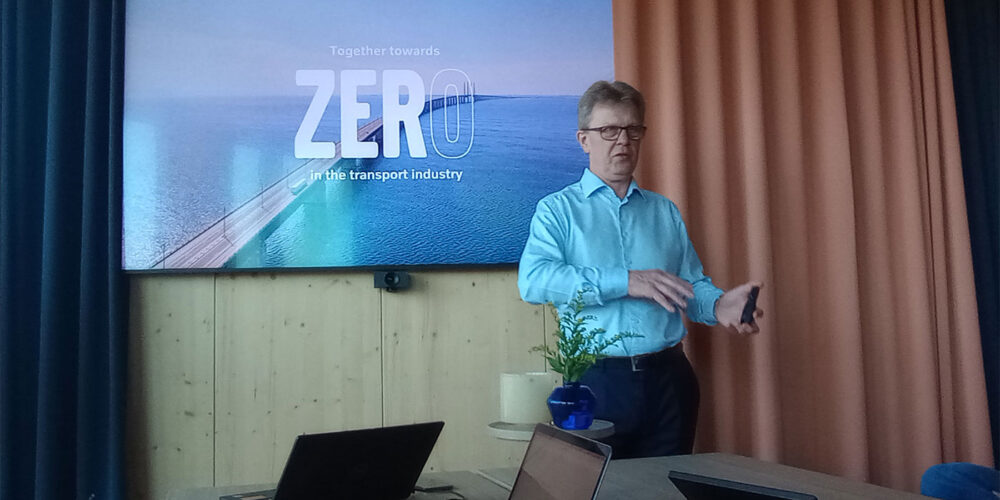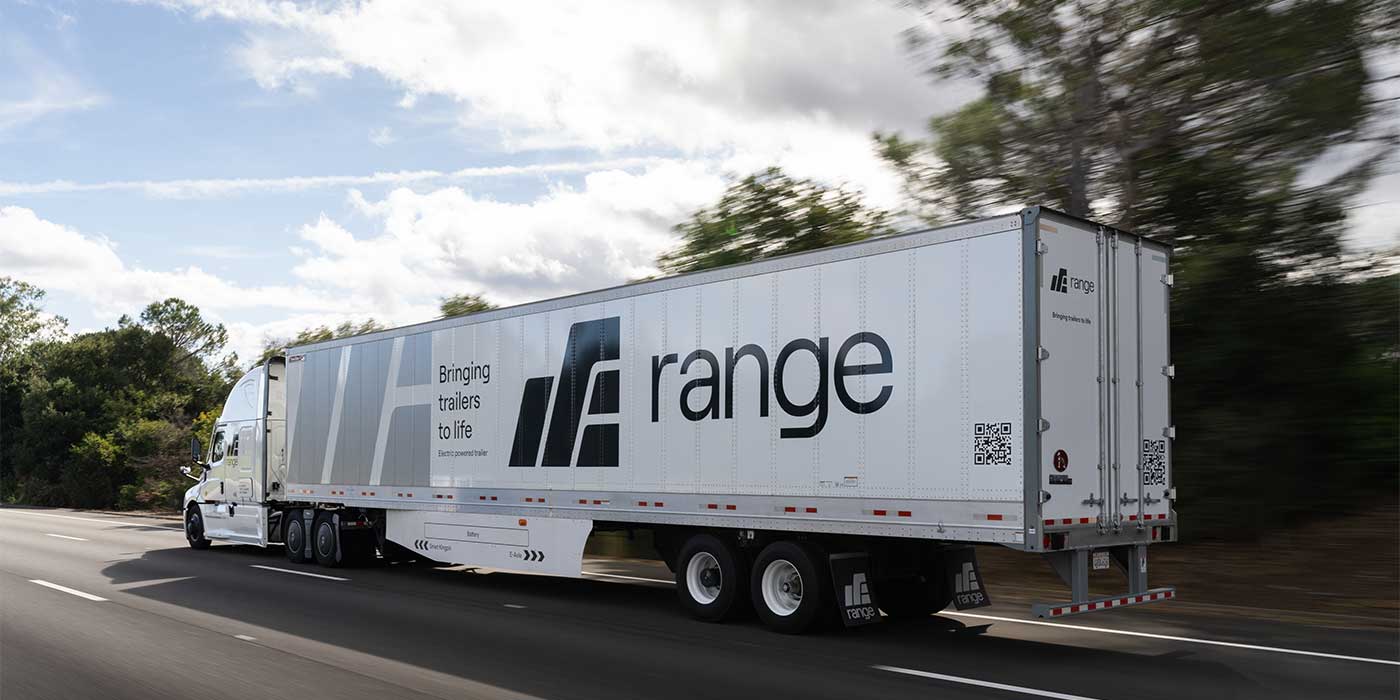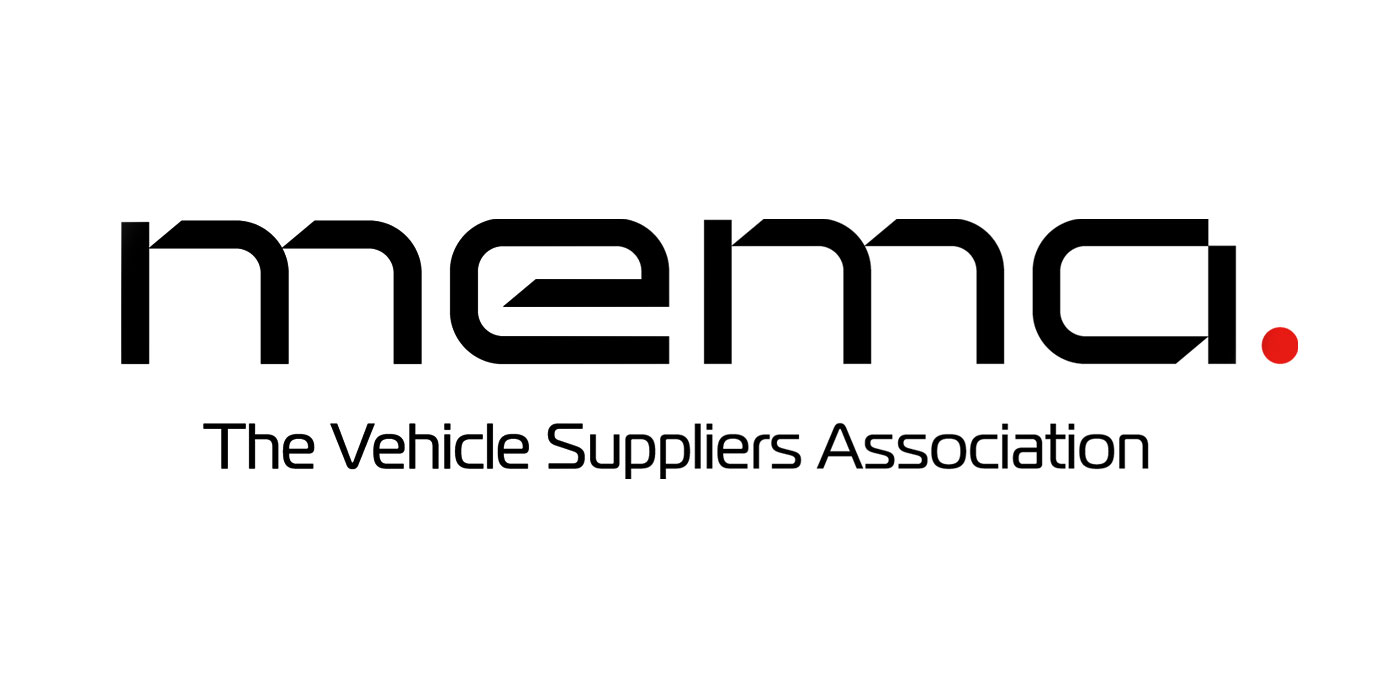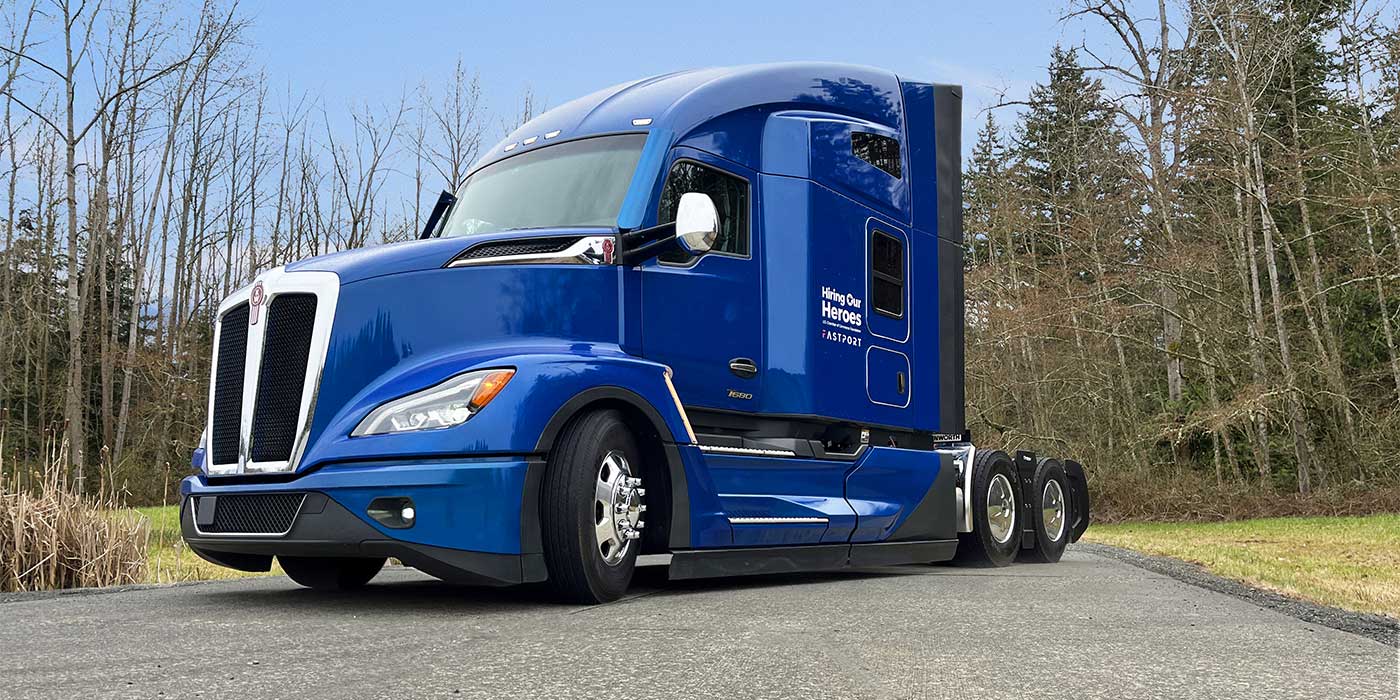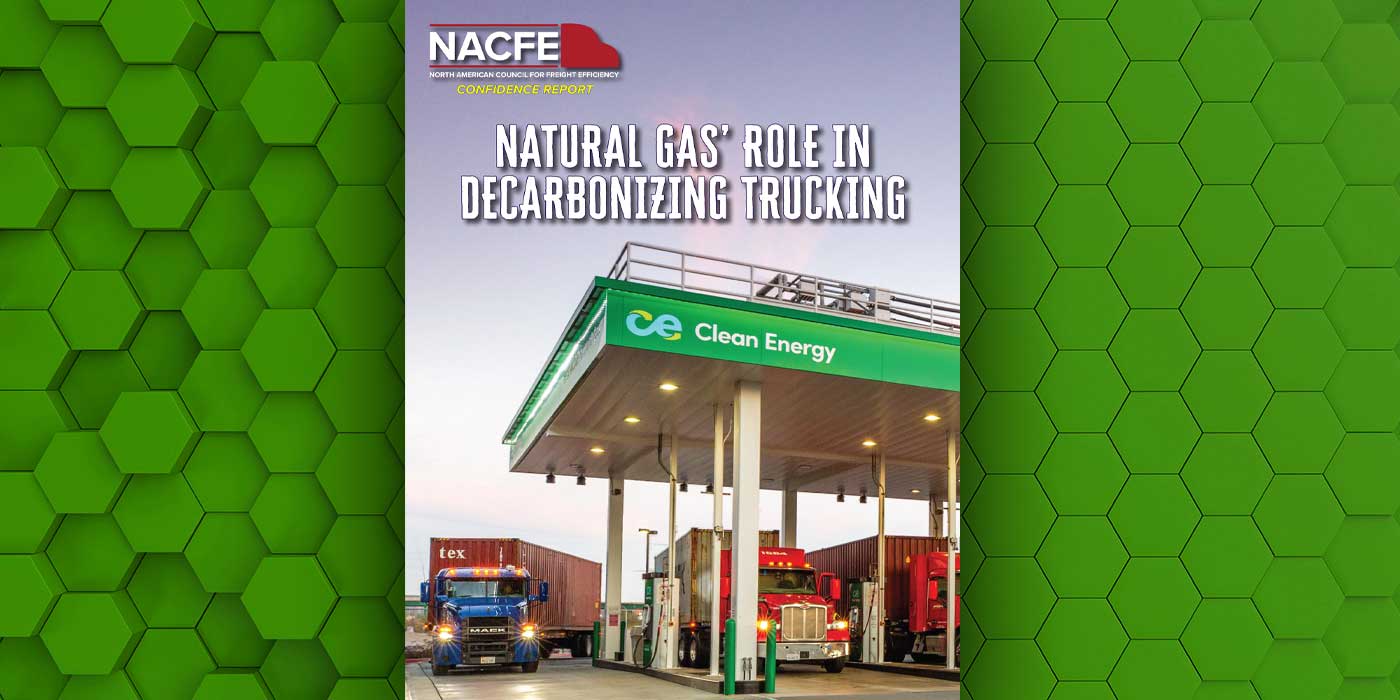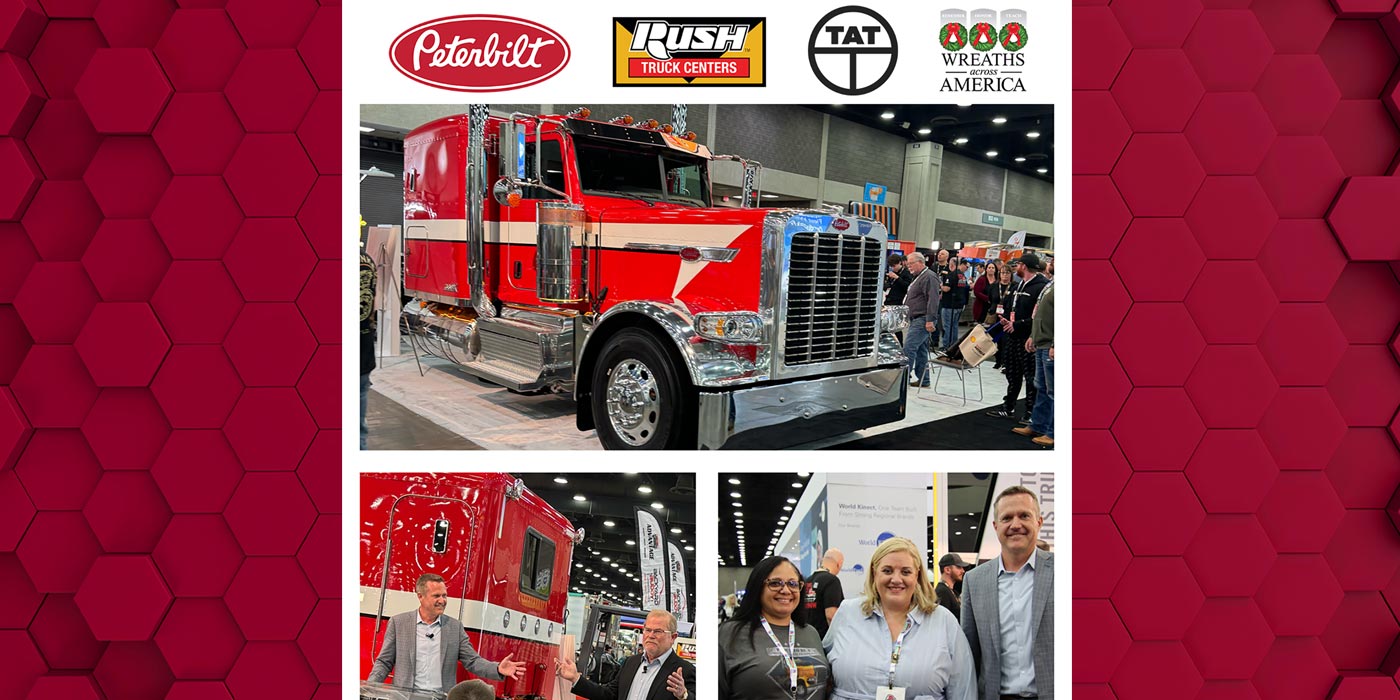When replacing brake friction material, Dan Dunkleberger, Haldex Friction’s product manager, says that fleets “need to understand the application, duty-cycle and environment in which the vehicle in is performing. These three key things will give the end-user the necessary information needed to spec the correct friction material for the job. Application and duty-cycle are also crucial when selecting the correct friction material. It comes down to load vs. road—what is being hauled and the terrain/environment should always be considered when selecting friction material.”
He also points out that Haldex offers a wide range of friction materials to meet the demanding requirements of our industry, adding that the product breadth covers transit, coach, severe service, vocational, and fleet service. In addition, the company provides reduced stopping distance linings, which meet the mandates of the 2011 and 2013 DOT/NHTSA regulations.
Spec’ing aftermarket friction
“You have to understand what your costs are in terms of the brake friction replacement intervals,” says Earl Brown, product manager of reman brake shoes for Bendix Spicer Foundation Brake. “If you’re talking aftermarket, you want to focus in on the application to begin with and then the total cost of your operation in terms of the number of brake lines you’re going to be doing for the vehicle for its lifecycle.”
When specifying aftermarket friction, using a high-quality friction material is paramount. Dunkleberger suggests that fleet managers ask questions to understand what is being purchased. It can be difficult when so much of friction material being offered is private labeled. This means that grades of material can be reclassified (by the supplier) to meet price-points in order to accomplish profitability goals. He says to stick with the major lining companies and avoid private labels, and to ask to see FMVSS 121 testing and push to understand who the manufacturer is.
“Spec the material correctly and do a quality brake job,” he advises. “Replace the contact parts surrounding the brake itself. The acquisition price of a brake job is not the actual cost of the project. It’s all about cost per mile. Reducing the amount of brake jobs while still maintaining a safe vehicle is the goal.”
Jeff Geist, director of engineering for Stemco Brake Products, also believes that friction material selection needs to be based on equipment specs and within government compliance, saying that “friction material should be selected based on the gross axle rating of the equipment, vocational considerations, edge codes and in the U.S., compliance with FMVSS 121 for safety.”
Stemco offers brake friction in standard grades for general over the road applications providing excellent cost per mile economy, premium heavy-duty grades for the more demanding applications that require severe heat resistance and durability and film transfer materials for exceptional long life performance, reducing maintenance and replacement, Geist points out.
“Maximum performance and safety can be achieved by fully understanding the duty-cycle expectations of the equipment,” he says. “Previous friction performance can be a telltale indicator of how well the friction was matched to the equipment usage. Improper selection might result in short service life, undesirable noise, vibration or harshness and reduced braking performance.”
“If the fleet is replacing RSD friction, the question should be asked which OEM has installed the material,” says John Thompson, TMD‘s sales manager for commercial vehicles. “There is a lot of ‘noise’ in the aftermarket, with claims of RSD friction materials, but no OEMs are installing it—which means the friction company does not truly have RSD friction materials, although they make the claim. Fleets should share application information with their friction supplier. Many friction manufacturers have good, better and best materials. If the fleet is linehaul on flat terrain, a good material may serve them well. If a fleet runs heavy, or in mountainous terrain, a good material will likely wear too quickly and the better or best material would be money well spent. Vocational operations will likely require one of the specialty friction materials that work well in the environment. The more information that is shared by the fleet, the better the friction supplier can choose the best friction for optimizing the vehicle life cycle costs.”

